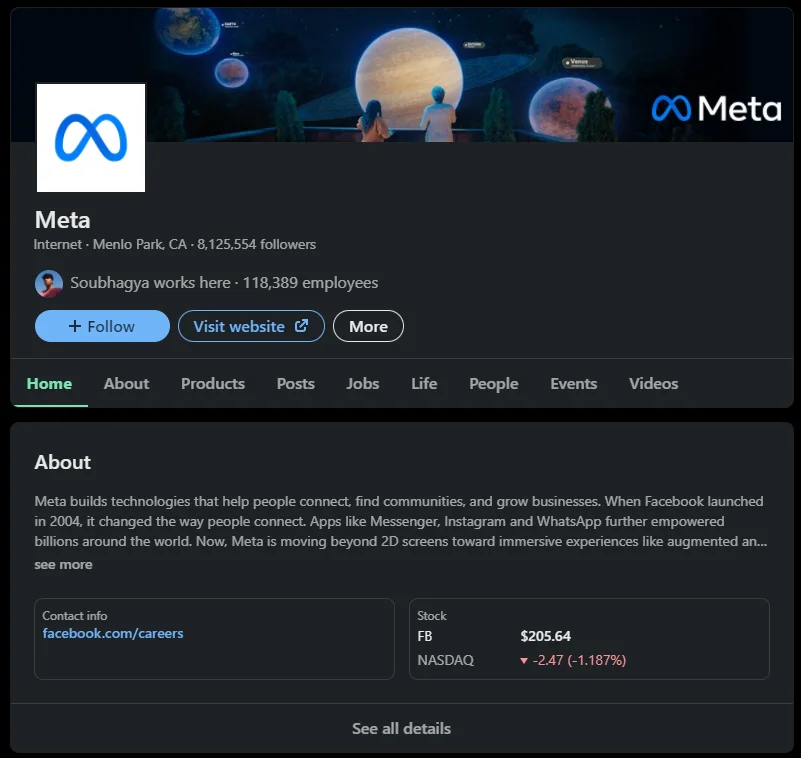What is microblogging and how does it work?
Microblogging has become increasingly popular as people’s attention spans get shorter and their lives become more chaotic. If you want to learn more about microblogging and how to start your own, here is the tutorial for you.
What is microblogging and how does it work? What is the best way to write one? What are some of the best platforms for it? In this post, we will provide answers to all of the queries you may have.
What Is Microblogging and How Does It Work?
A more condensed version of blogging, microblogging can be defined as follows: When it comes to providing a thorough picture of a topic, standard blogs may and often do require thousands of words to do so. Microblogs, on the other hand, are meant to be quick.
The exact word limits vary depending on the platform being used, but a single post is rarely more than a handful of paragraphs long at the most in most cases. The goal is not to go into great depth, but rather to produce something concise and shareable.
Naturally, the imposition of a size restriction on the material leads to the incorporation of multimedia. Microblogging makes extensive use of pictures and videos, with some systems devoted nearly solely to multimedia blogs and others devoted to text-only blogs.
Also Read: 5 Best Email Apps for Android
What Are the Best Microblogging Platforms to Use and Why?
Traditionally, blogging takes happen on a variety of platforms, ranging from third-party social media platforms such as Facebook and Medium to private blogs created using WordPress or Wix. When it comes to microblogging, on the other hand, the number of viable possibilities is much reduced. Here are the four finest platforms for microblogging, in no particular order.
1) Twitter

Twitter is the most restricted microblogging network available, even though it is the most popular. With only 280 characters allowed in a post, GIFs and movies are frequently used to spice things up.
The platform focuses on making snappy comments that may capture the attention of the audience – whether they are relatable or argumentative. Additionally, because of the limited character restriction, it takes extremely little time to publish on Twitter (which is what a post on Twitter is referred to as), which makes it popular with celebrities and ordinary people alike.
Twitter is a great platform for expressing yourself and keeping up with the latest trends. Many companies use it to exchange information about their products and services, making it a vital tool for community development and creating relationships. It is possible to swiftly build a following on Twitter if you have a sound plan in place.
2) Tumblr
Tumblr and Twitter aren’t that dissimilar in terms of technology. The most significant distinction is the sort of community that is participating.
Whereas Twitter is a beehive of short and sharp one-liners with little to no context, Tumblr is a fertile place for original and innovative ideas to flourish. Artists are particularly fond of visual blogs, which tend to be more popular than text-based blogs, while written blogs are still popular as well.
Tumblr, on the other hand, does not impose a character restriction. You can write blog articles that are thousands of words long if you want, and you can include whatever number of photos or links you want in them. However, even though this appears to be contradictory for a microblogging service, the vast majority of messages do not go that far.
Tumblr is mostly known as a microblogging service for images and artwork, where creatives may publish their work and build a following of followers.
3) Instagram

Isn’t Instagram designed just to share photographs and videos?
Yes and no, to be honest. While photographs are the primary emphasis of the platform, users have the option to attach extensive written explanations with each photo they upload. Aside from that, microblogging is about concisely conveying your views, whether through words or visuals.
Instagram’s strength is its big and active community, which is expanding in size and influence by the day. With everyone carrying around a digital camera embedded into their smartphone, a platform that is primarily focused on images and videos is an obvious winner.
Instagram may be an excellent microblogging site for visual updates, whether you are showcasing a passion or simply developing your photography abilities. Keep in mind, though, that Instagram can only be accessed through mobile applications, as there are no desktop versions available for Mac or Windows users. Workarounds are required to see postings on a computer.
4) Linkedin

Even while you might think of LinkedIn as just another networking site for professionals, the site is much more. The status update feature allows you to share brief postings featuring photographs and links, or you may utilise the feature to publish whole articles on the network.
While Linkedin may not have the same amount of users as other of the more popular microblogging networks, it does have a more engaged community. When it comes to significant blogging, the network of students and professionals is considerably more responsive than when it comes to social media sites like Twitter.
Improved yet, increasing your reach on Linkedin by way of microblogs helps you develop your network of contacts, increasing your chances of finding your next employment (or employee).
Begin with Microblogging
As with any kind of social media outreach, you must first determine your objectives and the people who will be receiving your messages. If you are an artist trying to display your abilities, for example, graphically focused networks such as Tumblr or Instagram are better suited for you than other platforms.
Twitter, on the other hand, is the medium to use if all you want to do is publish brief messages that don’t need a lot of work to create. It also happens to be the most widely used social media network available, so you will have no trouble finding individuals to connect with.
And keep in mind that microblogging functions in a different way than regular blogs. Shorter sentences are not enough; you must also be more interested in your delivery. The frequency with which posts are made is very crucial, with some microblogs publishing numerous times a day. Make extensive use of graphics and video snippets to draw the viewer’s attention as well as possible.




